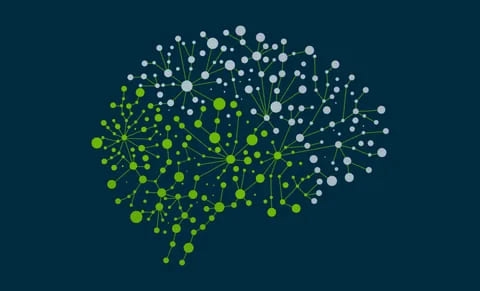What is a Data Fabric?
It is a data infrastructure that provides a single, consolidated view of enterprise data regardless of source or format. It offers a unified architecture that helps integrate all your disparate data sources and systems, and makes the data reliably and securely available to analytics and applications.
Challenges of Traditional Data Management
Most organizations today deal with exponential Data Fabric growth from multiple internal and external sources like transactions, IoT devices, social media, websites etc. However, legacy systems often treat each data source independently, using different technologies, formats and security protocols. This leads to data silos that make valuable insights difficult to unlock.
Traditional Extract, Transform and Load (ETL) processes are also complex and rigid, requiring a lot of custom effort to integrate new sources or make changes to data flows. This hampers agility needed to capitalize on new opportunities in a dynamic business landscape. Furthermore, maintaining data governance and security across disparate systems is a challenging task.
Benefits
A data fabric provides a unified and flexible platform to address the core issues with traditional data management approaches.
Here are some key benefits:
- Single Source of Truth: It creates a single, logical view of enterprise data that allows users and systems to find and access the same trusted version regardless of source or location. This eliminates data inconsistencies and redundancy.
- Agility: The fabric's self-service interfaces enable non-technical users to discover, ingest and prepare new data sources independently without significant custom development. This accelerates the integration of external data.
- Governance: Cross-cutting security, metadata and governance services provide consistent protection and control across all data in the fabric. Role-based access and auditing helps meet compliance requirements.
- Flexibility: Its API-driven, code-free approach makes it easy to connect new data stores, users or applications on demand. This allows organizations to experiment, innovate and respond faster.
- Scale: With its distributed architecture, the fabric can horizontally grow to handle limitless volumes of data from diverse sources efficiently. This ensures business continuity even during rapid growth phases.
- Cost Savings: By consolidating redundant data silos onto a common platform, the fabric significantly reduces infrastructure, licensing and management costs over time. Resources are used more optimally.
Architectural Components
A typical data fabric architecture comprises the following core components:
- Data Sources: It includes all internal and external systems that generate or contain raw data like databases, data lakes, cloud services, applications, IoT devices etc.
- Discovery Catalog: It maintains metadata about available data sources, structures, semantics and quality. This helps users and processes discover relevant data.
- Data Ingestion: Pre-built and customizable connectors help ingest data from various sources in near real-time or scheduled batches. Transformation and normalization occurs during ingestion.
- Data Lake: A centralized data lake acts as the primary storage layer to hold all ingested raw and processed data in its native formats like files, tables, logs.
- Metadata Repository: Unified metadata from all sources is stored to provide information on taxonomy, meanings, relationships, schema, lineage etc. across domains.
- Data Access Services: APIs, query engines and virtualization techniques provide fast, uniform access to live and archived data for analytics, reports and applications.
- Governance Services: Services for security, privacy, authorization, auditing, master data and lineage management ensure governance across the fabric.
- Applications & Analytics: Business intelligence, self-service analytics, machine learning and line-of-business applications draw insights by querying the data fabric.
Implementing a Data Fabric in Stages
A data fabric is not built overnight but implemented gradually through the following progressive stages:
- Assessment: Evaluating current data estate, priority use cases, quick wins and risks helps create a roadmap.
- Foundation: Building core components like catalog, fabric APIs, security, governance model and metadata repository lays the groundwork.
- Consolidation: Integrating high-value existing data sources onto the fabric eliminates isolated silos and reduces maintenance.
- Expansion: Connecting more internal and external sources helps expand fabric's coverage and usefulness incrementally over time.
- Optimization: Improving performance, privacy, usability and automation further matures the fabric for advanced analytics scenarios.
- Innovation: New data types, ingestion methods, analytics applications and services are added continuously to deliver more business value.
A data fabric is a disruptive architecture that helps enterprises overcome data management challenges and prepare for digital transformation. Its agile, scalable and governed approach unlocks greater insights from all available data sources that were previously inaccessible. When implemented strategically through small wins, a data fabric becomes the central nervous system powering insights-driven decision making across an organization.
Get more insights on Data Fabric
About Author:
Money Singh is a seasoned content writer with over four years of experience in the market research sector. Her expertise spans various industries, including food and beverages, biotechnology, chemical and materials, defense and aerospace, consumer goods, etc. (https://www.linkedin.com/in/money-singh-590844163)



